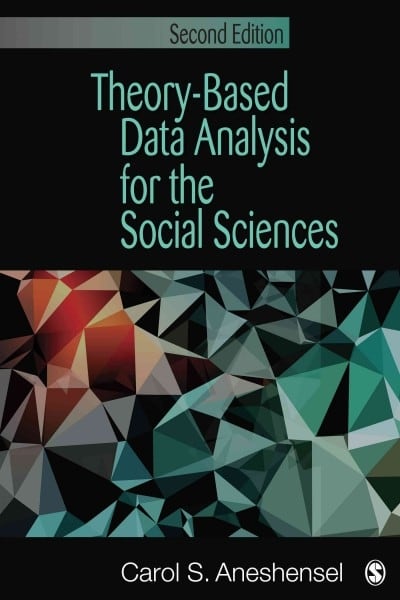Question
Domjan, M. (2014). The principles of learning and behavior . Nelson Education (p. 172-182) Madden, G. J. & Johnson, P. S. (2010). A discounting primer.
Domjan, M. (2014).The principles of learning and behavior. Nelson Education (p. 172-182)
Madden, G. J. & Johnson, P. S. (2010). A discounting primer. In G. J., Madden, & W. K., Bickel (Eds.), Impulsivity: The Behavioral and Neurological Science of Discounting. (pp. 1137). Washington, DC: American Psychological Association.
-------------------------------------------------------------------------------------------------------------------------------
- What is the difference between impulsive behavior and self-control? Provide an example.
2. Define delay discounting. Provide an example
3. In the delay discounting equation, what represent each term of the equation?
4. What does mean that all studies conducted with non-human animals and animal always present a hyperbolic function?
5. Explain what is meant by indifference point?
6. Distinguish between free-choice and force-choice trials in delay discounting procedures. Provide an example
7. What is the difference between the hypothetical outcome procedure and real outcome. Which one do you think is more accurate, why?
______________________________________________________________________________
Broos, N., Schmaal, L., Wiskerke, J., Kostelijk, L., Lam, T., Stoop, N., ... & van den Brink, W. (2012). The relationship between impulsive choice and impulsive action: A cross-species translational study.PloS one,7(5), e36781.
---------------------------------------------------------------------------------------------------------------------
1. Explain the difference between impulsive choice and impulsive action
2. How does the research being reported in this paper fill gaps in our knowledge/ or understanding of this topic/phenomenon?
3. What specific prediction(s) or hypothesis(es) are being tested?
4. What were the main findings/results in this study? What the authors found?
5. How the results relate to the prediction/hypotheses set out in the introduction (i.e., are they supported or not)?
6. What are the implication of these findings?
7. Explain the difference between adjusting amount and adjusting delay procedures.
Step by Step Solution
There are 3 Steps involved in it
Step: 1

Get Instant Access to Expert-Tailored Solutions
See step-by-step solutions with expert insights and AI powered tools for academic success
Step: 2

Step: 3

Ace Your Homework with AI
Get the answers you need in no time with our AI-driven, step-by-step assistance
Get Started


